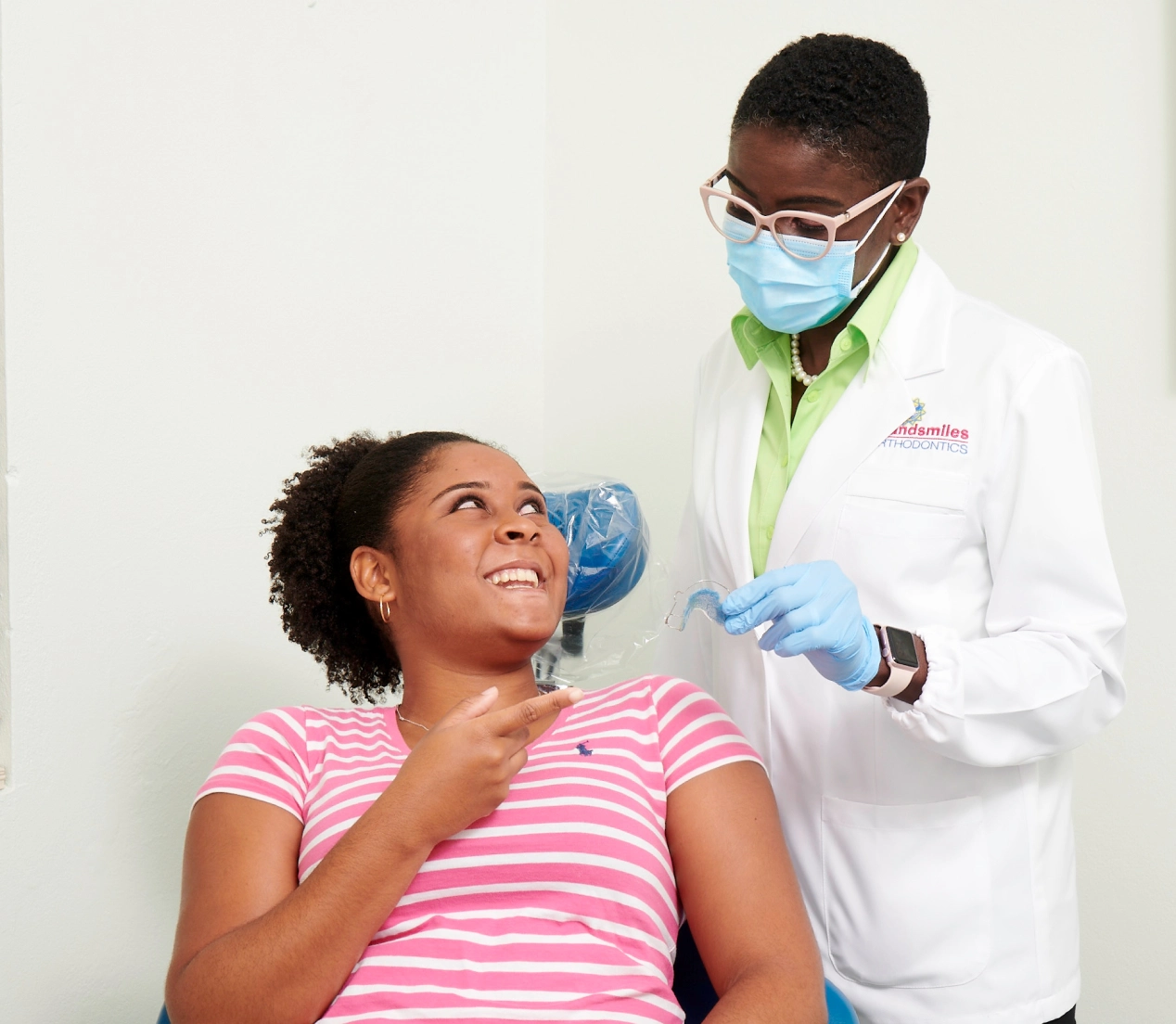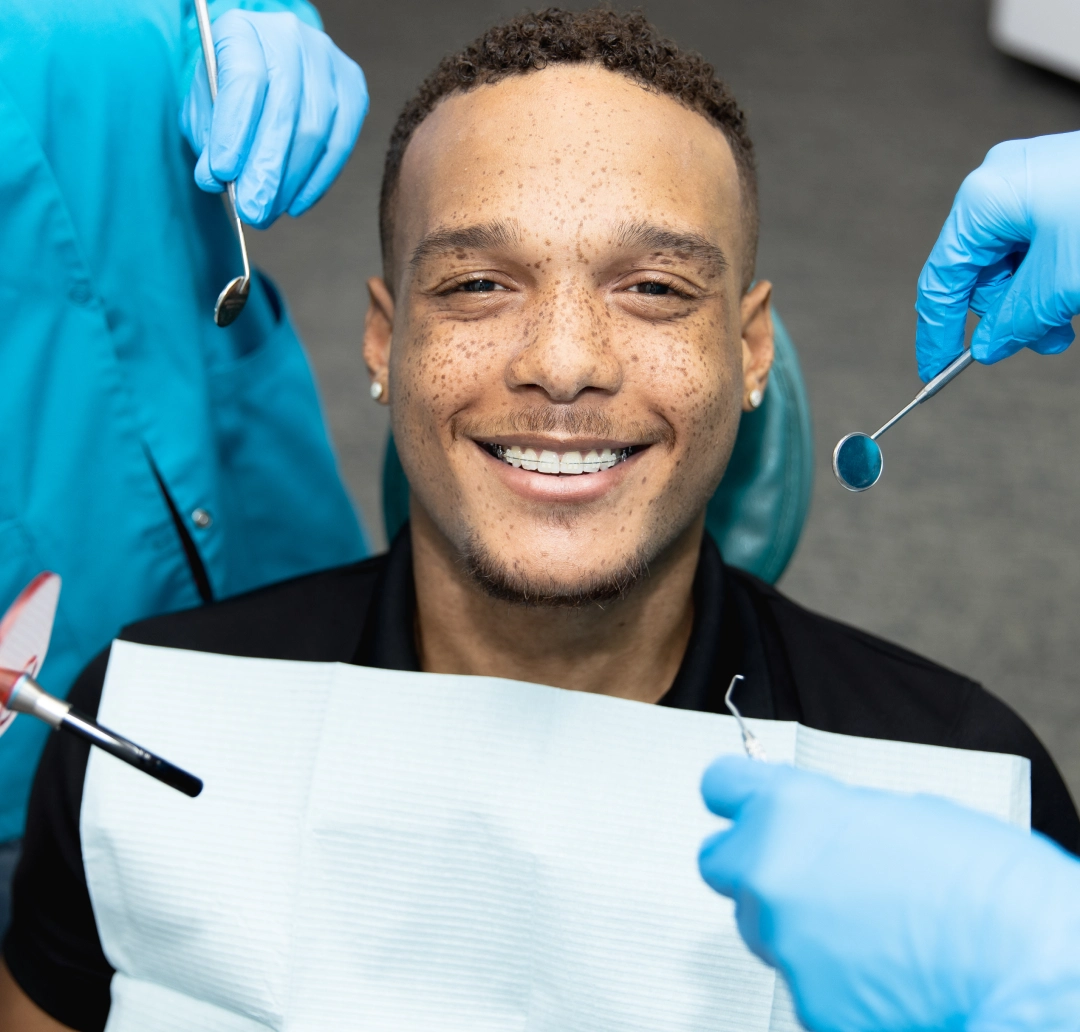Why Orthodontics?
Oral health is a window into your overall health. Teeth that are misaligned are harder to clean and can cause abnormal wearing of tooth enamel which can lead to extensive and expensive dental procedures or can also result in problems with jaw joints leading to severe headaches, cavities, gum disease and even tooth loss.
Orthodontic treatment helps ensure proper functioning of teeth and is a critical step in creating happy, healthy smiles. A good bite makes it easier for you to bite, chew and speak and boosts your confidence so, orthodontic treatment can be very important for the normal development, wellbeing and general health of both children and adults.
At Islandsmiles Orthodontics, we personalise care for each individual. We will correct your specific issues and move teeth into the ideal positions using specialised appliances, braces or aligners to deliver controlled forces that gently and predictably reposition the teeth. Some problems require us to work with other dental specialists to achieve the most optimal results.

What To Look Out For
If you notice any of these signs or concerns in your child or yourself, it may be time to to schedule a consultation:
- Thumb/Finger sucking
- Difficulty chewing or biting
- Early or late loss of baby teeth
- Crowded, misplaced, protruding or blocked-out teeth
- Bad bites - overbite, crossbite, open bite, underbite, biting of the cheeks, inability to comfortably close lips
At What Age Should
Orthodontics Be Started
The World Federation of Orthodontists recommends that all children see an orthodontist at the age of 7. At this age, we will be able assess your child while the bones are still growing and developing and the teeth are in the mixed dentition stage of development. Some problems need to be treated at this time but in most cases we will monitor your child’s development so that we can recommend the best time to start orthodontic treatment. Orthodontic treatment can be done whether you’re age 8 or 80, providing the teeth and gums are healthy.


How Long Will My Orthodontic Treatment Take?
Treatment times vary depending on your individual problems! Generally speaking, treatment time can last anywhere between 12 to 30 months. Keeping your appointments, maintaining good oral hygiene during treatment and wearing your appliances as instructed may even allow us to finish your orthodontics treatment early.
